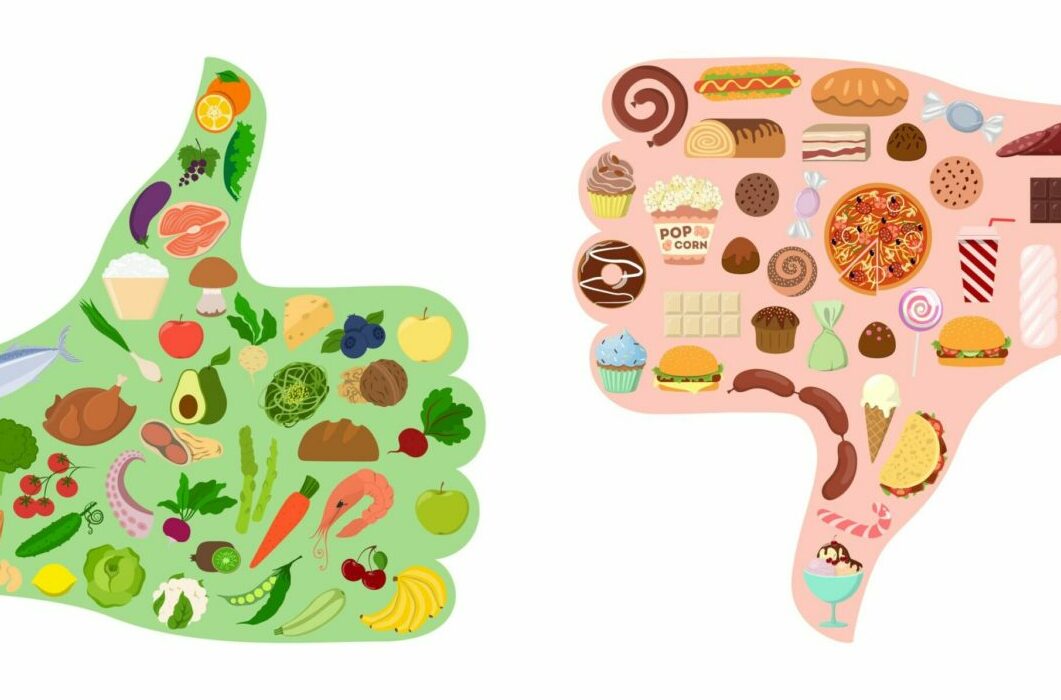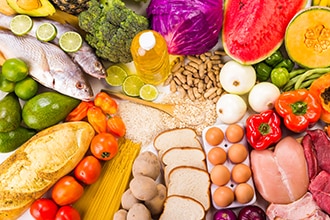
Avoiding high-calorie food is one of your best options to get a good night’s sleep. These foods can be high in sugar and unhealthy fats. Even though you may want an Oreo or two, you won't want to eat too many before bed. Coffee, chocolate, and spicy foods are all things to avoid. Most people can't live on carbs so they're fine before bed. However, these are still better than nothing.
Caffeine is the most common culprit, so avoiding coffee and tea right before bed is crucial. Avoid fried foods. Fried foods can disrupt your digestive system. You don't want to eat greasy fries or fried foods before you go to sleep. You may feel tired the next morning if you have had a few glasses of alcohol or smoked cigarettes.
A burger late at night can disrupt your sleep. Fat will take longer to digest and can make you feel bloated. This can make it difficult for you to fall asleep. Chocolate is high in hidden caffeine so it is not a good idea to consume before bed. This tempting treat can be avoided by those who prefer dark chocolate to chocolate before bed.

A large meal is another thing to avoid. This is harmful for your body and could lead to acid reflux. It's best to try eating a smaller meal at least two hours before bedtime. High-protein meals should be avoided. You can have a worse sleep quality if you eat a high-protein dinner. A higher-protein meal can cause you to have acid reflux and indigestion, which is not a good thing.
Before you go to sleep, avoid soda. As it contains high levels of sugar, it may be tempting to reach for a soda before bed. This can lead to insomnia and affect your sleep quality. This is why it is so important to not eat a large meal before you go to bed. This will help you sleep better at night. You should not eat anything if you are tired.
Cereal is another food that you should avoid before bed. Cereal contains very little sugar. It can disrupt your sleeping cycle and interfere with the chemical processes that aid in sleeping. It is best to eat something before you go to sleep and not to overeat. You will get the best results if you only have a small amount. Fun cereals should contain less than 5 grams of sugar per serving.
Another food you should avoid before going to sleep is dried fruit. It is high in sugar and fiber. This food can cause gastric upset and bloating. Fresh fruit is the best snack option before bed. Avoid foods with high amounts of sugar and caffeine. You should also avoid processed food. This could include packaged goods, such as soy sauce and packaged snacks. Additionally, don't forget to read the labels and follow directions for your own safety.

Along with processed foods, caffeine can also cause problems sleeping. It is full of caffeine and can cause grogginess. Avoid alcohol. You may feel groggy and disrupted sleep the next day. Be sure to drink enough water throughout the day, if alcohol is something you have decided to try. It's not something you will regret. It's something you will regret, however, at night.
Some other foods are bad for your digestive system. The same is true of tomatoes. Tomatoes contain tyramine, which is an amino acid that can delay sleep. Citrus fruits on the other side can increase acid levels and stimulate digestion. Avoiding citrus fruits before bed can cause heartburn. Raw vegetables can be hard to digest. They can spoil your meal the next day.
FAQ
How to measure your body fat
A Body Fat Analyzer is the best way to measure body weight. These devices can be used to measure body fat percentages in people who are trying to lose weight.
What is the difference of a virus from a bacteria?
A virus is a microscopic organism which cannot reproduce outside of its host cell. A bacterium, a single-celled organism, reproduces by splitting into two. Viruses are small, around 20 nanometers in size. Bacteria are much larger, at 1 micron.
Viruses are often spread through contact of infected bodily fluids like saliva, urine or semen. Bacteria can be spread by direct contact with infected objects and surfaces.
Viruses may enter the body through cuts, scrapes. bites, or any other break in the skin. They may also get into the body through the nose and mouth, eyes, ears or rectum.
Bacteria can be introduced to our bodies by cuts, scrapes or burns. They can also be introduced to our bodies by food, water and soil.
Both bacteria and viruses can cause illness. But viruses can't multiply within their hosts. They infect only living cells, causing illness.
Bacteria can grow in their hosts and cause disease. They can even invade other parts of the body. They can even invade other parts of the body, which is why antibiotics are necessary to eradicate them.
Do I have to count calories?
You might be asking "What is the best diet?" or "is counting calories necessary?" Well, the answer depends on several factors including your current health status, your personal goals, your preferences, and your overall lifestyle.
The Best Diet for Me - Which One is Right For You?
My current health, my personal goals and lifestyle will determine the best diet for me. There are many options, both good and bad. Some diets work well for some people and others do not. So what do I do? What can I do to make the right decision?
This article aims at answering these questions. This article begins with a brief overview of the various types of diets that are available today. Then we will discuss the pros & cons of each kind of diet. The final step is to determine which one is right for you.
To begin, let's take a quick look at the different types of diets.
Diet Types
There are three main types. Low fat, high proteins, and ketogenic. Let's take a look at them all below.
Low Fat Diets
A low-fat diet reduces the amount of fats you eat. This is accomplished by decreasing the intake of saturated fats such as butter and cream cheese. You can replace them with unsaturated oils (olive oil and avocados) For those looking to lose weight quickly, a low-fat diet is often recommended. This diet can cause constipation, heartburn, and stomach problems. Vitamin deficiencies can also occur if the person doesn't get enough vitamins through their diet.
High Protein Diets
High protein diets restrict carbohydrates in favor of proteins. These diets are more protein-rich than others. These diets can help increase muscle mass and decrease calories. However, they might not provide enough nutrition for those who need to eat frequently. They may also be too restrictive and not suitable for everyone.
Ketogenic Diets
Ketogenic diets also go by the name keto diets. They are high fat and moderately carbohydrate and protein-rich. These foods are popular among athletes and bodybuilders as they allow them to train harder, longer and without becoming tired. They do require strict compliance to avoid any side effects like fatigue, headaches, nausea, and headaches.
What is the difference between sugar and fat?
Fat can be a source of energy that is obtained from food. Sugar is naturally found in fruits and veggies. Both fats (and sugars) have the same calories. However, fats contain more than twice as many calories as sugars.
Fats are stored within the body and can contribute to obesity. They can cause cholesterol buildup, which can lead you to heart attacks and strokes.
Sugars are quickly absorbed by the body and provide instant energy. This causes blood glucose levels rise. High blood sugar levels can cause type II diabetes.
What are the ten best foods to eat in America?
The 10 best foods to eat include:
-
Avocados
-
Berries
-
Broccoli
-
Cauliflower
-
Eggs
-
Fish
-
Grains
-
Nuts
-
Oats
-
Salmon
Statistics
- The Dietary Guidelines for Americans recommend keeping added sugar intake below 10% of your daily calorie intake, while the World Health Organization recommends slashing added sugars to 5% or less of your daily calories for optimal health (59Trusted (healthline.com)
- Extra virgin olive oil may benefit heart health, as people who consume it have a lower risk for dying from heart attacks and strokes according to some evidence (57Trusted Source (healthline.com)
- In both adults and children, the intake of free sugars should be reduced to less than 10% of total energy intake. (who.int)
- This article received 11 testimonials and 86% of readers who voted found it helpful, earning it our reader-approved status. (wikihow.com)
External Links
How To
What does the "vitamins” word mean?
Vitamins are organic compounds that can be found in foods. Vitamins are essential for our bodies to absorb nutrients from the foods we eat. Vitamins cannot be made by the body; they must be taken from food.
There are two types if vitamins: water soluble, and fat soluble. Water-soluble vitamins dissolve quickly in water. Some examples include vitamin C,B1 and B2 vitamins (thiamine), B2 and riboflavin, B3 and B6 vitamins (niacin), folic acids, biotin, pantothenic acids, and cholesterol. The liver and fat soluble vitamins are stored within the liver and in fatty tissue. Examples include vitamin D, E, K, A, and beta carotene.
Vitamins can be classified by their biological activity. There are eight major types of vitamins:
-
A - Vital for normal growth and maintaining good health.
-
C – essential for proper nerve function.
-
D - essential for healthy bones, teeth, and gums.
-
E - needed for good vision and reproduction.
-
K - required for healthy muscles and nerves.
-
P - Essential for strong bones and teeth.
-
Q - aids digestion, absorption and absorption iron
-
R – Required for the formation of red blood vessels.
The recommended daily allowance (RDA), for vitamins, varies depending upon age, gender, or physical condition. The U.S. Food and Drug Administration has established the RDA values.
For adults over 19, the RDA for vitaminA is 400 micrograms per daily. Because it is essential for the development of the fetus, pregnant women should consume 600 micrograms per daily. Children ages 1-8 require 900 micrograms per day. Infants under one year of age require 700 micrograms per day, but this amount decreases to 500 micrograms per day between 9 months and 12 months of age.
Children aged 1-18 years need 800 micrograms daily, while children overweight require 1000 micrograms per days. Children who are severely obese or underweight will need 1200 micrograms each day.
Children aged 4-8 years old who have been diagnosed as having anemia require 2200 micrograms of vitamin C per day.
2000 micrograms is the minimum daily intake for adults over 50 years old to maintain good health. Mothers who are pregnant, nursing, or have a high nutrient need will require 3000 micrograms a day.
Adults over 70 need 1500 micrograms daily, as they lose 10% of their muscle every ten years.
Women who are pregnant, nursing or breastfeeding need more than the RDA. Pregnant and breastfeeding women require 4000 micrograms each day during pregnancy and 2500 Micrograms each day after delivery. Breastfeeding moms need 5000 micrograms each day when breastmilk production occurs.